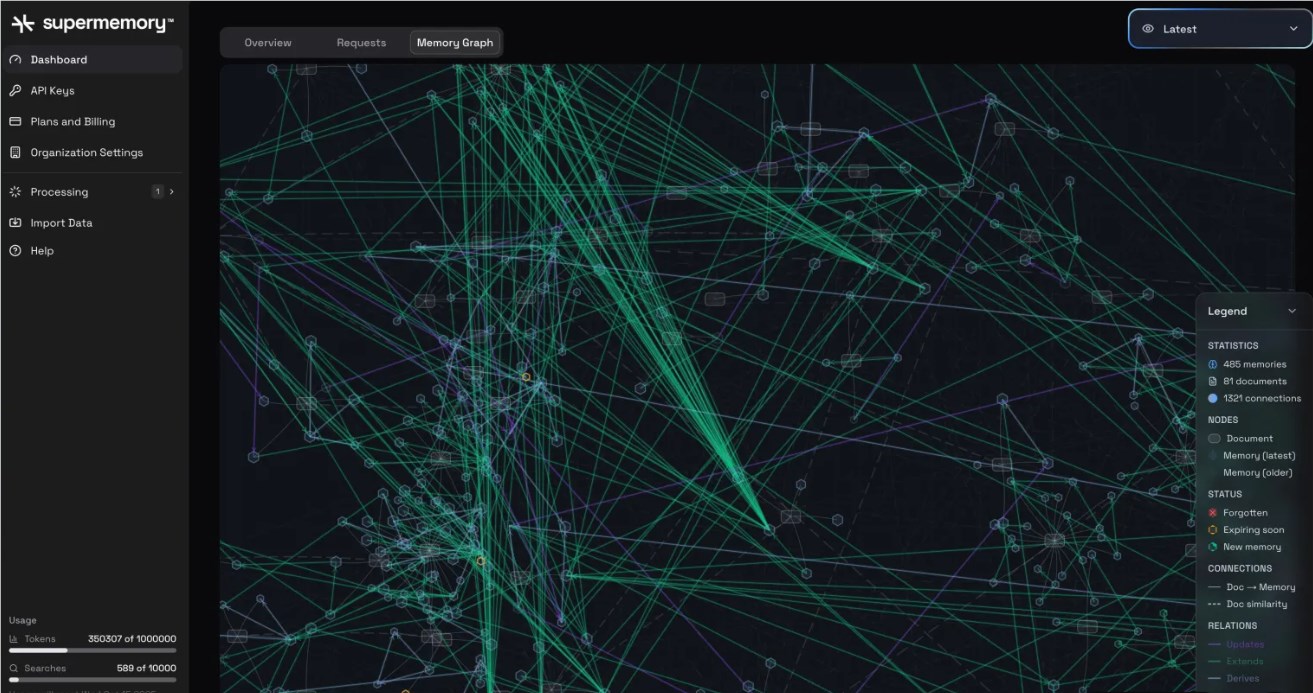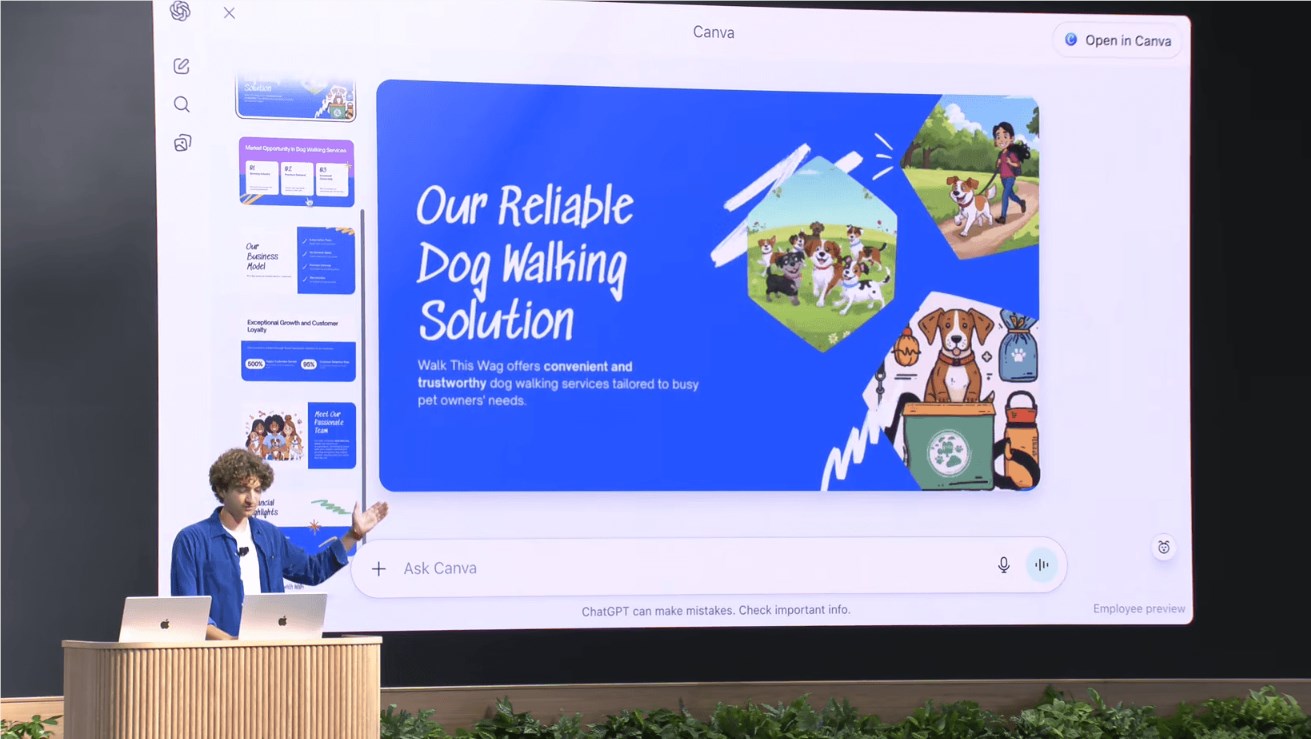Recently, Meta introduced a small inference model called MobileLLM-R1, which has sparked industry interest in "small AI" for enterprise applications. In the past, the powerful capabilities of artificial intelligence models were often associated with their large parameter sizes, with many models having hundreds of billions or even trillions of parameters.
However, ultra-large-scale models face many issues when used in enterprises, such as lack of control over underlying systems, reliance on third-party cloud services, and unpredictable costs. To address these pain points, the development of small language models (SLMs) is gaining momentum, aiming to meet enterprises' needs for cost, privacy, and control.

The MobileLLM-R1 series includes three parameter sizes: 140M, 360M, and 950M, specifically optimized for math, coding, and scientific reasoning. These models use a "deep but thin" architecture design, enabling them to perform complex tasks on resource-constrained devices through an optimized training process. Additionally, MobileLLM-R1 performs slightly better than Alibaba's Qwen3-0.6B on the MATH benchmark test, and especially excels in the LiveCodeBench coding test, making it suitable for local code assistance in development tools.
Notably, MobileLLM-R1 is currently released under Meta's FAIR non-commercial license, prohibiting any commercial use, and is therefore more suitable as a research blueprint or internal tool rather than a product directly used for commercial purposes.
In the competitive environment of small language models, Google's Gemma3 (270M parameters) is known for its ultra-efficient performance and more flexible licensing, suitable for enterprise customization. At the same time, Alibaba's Qwen3-0.6B is also a good choice, offering unrestricted commercial use. Nvidia's Nemotron-Nano has unique advantages in control functions, supporting developers to adjust the reasoning process according to their needs.
As enterprises gradually recognize the controllability and cost-effectiveness brought by small models, the industry is undergoing a transformation toward small specialized models. Many enterprises have realized that small models can provide higher predictability and privacy protection. Moreover, the idea of using a series of small specialized models to solve complex problems is similar to the software industry's shift toward microservices architecture.
This change does not mean that large models will be eliminated. On the contrary, they will continue to play a role by optimizing training data to provide ideal training sets for the next generation of small models. This trend indicates that future AI development will be more sustainable, and major companies are moving toward a more practical AI future.
huggingface: https://huggingface.co/facebook/MobileLLM-R1-950M
Key Points:
🌟 **Meta launched the MobileLLM-R1 series of small inference models, focusing on math, coding, and scientific reasoning.**
🔍 **Small models offer advantages in cost control, privacy protection, and efficient performance in enterprise applications.**
🚀 **The industry is shifting toward 'small AI,' and enterprises tend to use multiple small specialized models to solve complex problems.**










